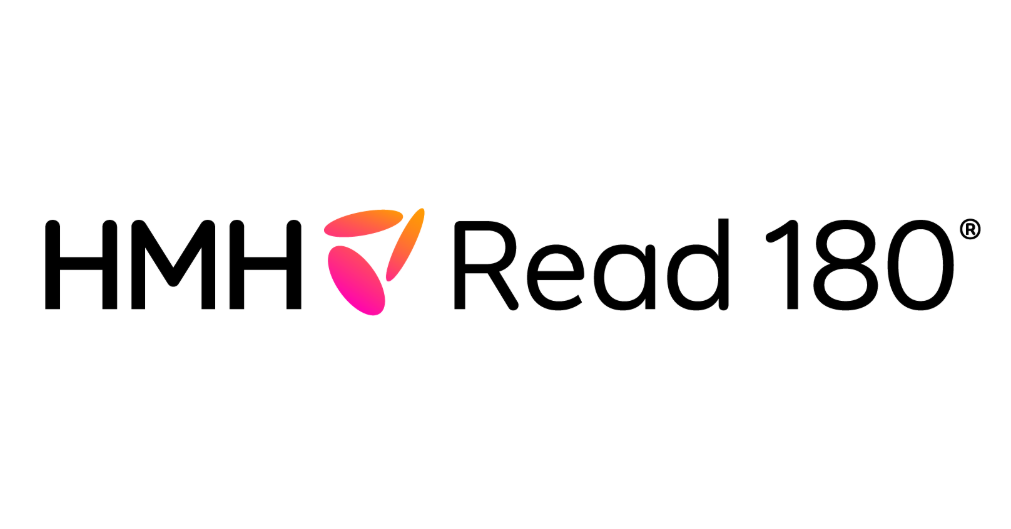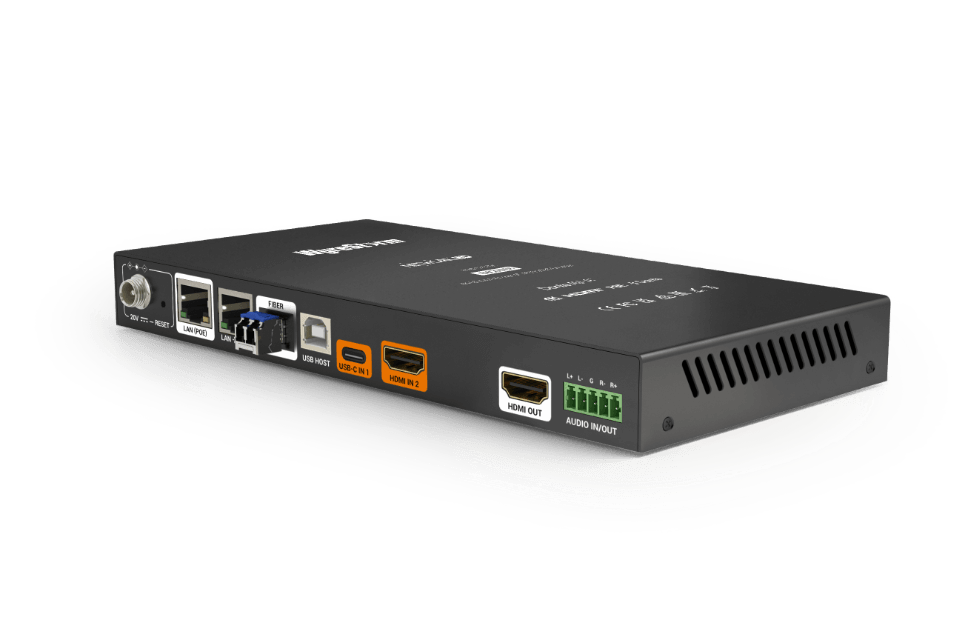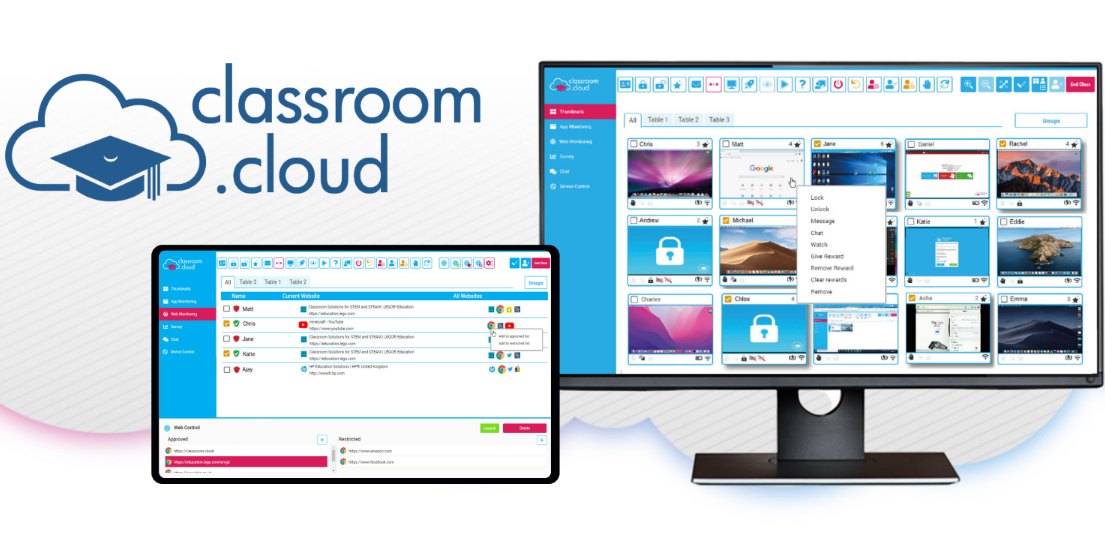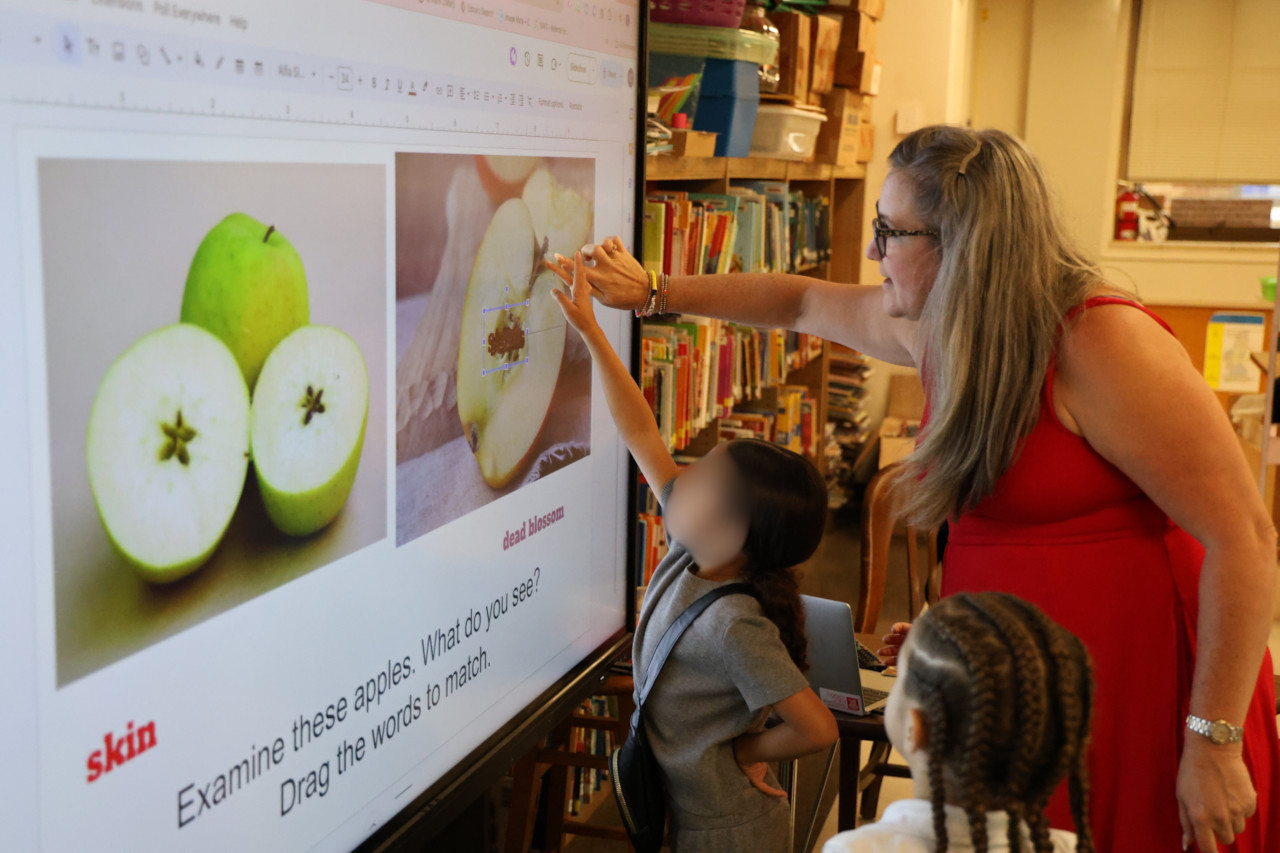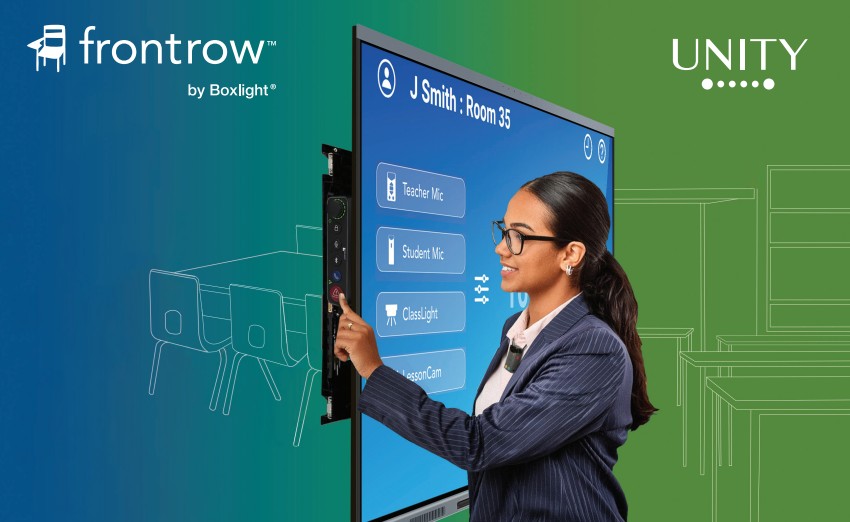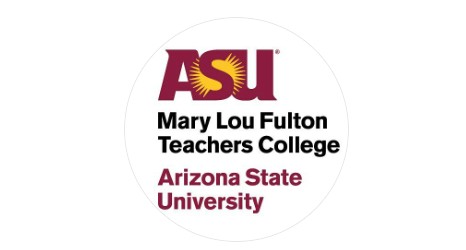Prep School
As a futurist and innovator, Tim Brown looks at emerging technologies such as artificial intelligence, autonomous vehicles, and robotics to figure out where the economy, industry, and technology will intersect in the future. He’s the vice president of innovation and advanced research for the United Services Automobile Association (USAA), which provides its 12 million members with everything from mortgage advice to retirement planning. Recently, Brown served on an innovation panel that’s focusing on innovation in education by preparing corporations for students graduating from our schools and preparing schools for what corporations need. His message for administrators? “Advancement is happening at an exponential rate, and it is much closer than you think. Our children need to adapt more quickly than anyone ever has. And our schools and curriculum have to move even quicker.”
To serve our students better, Brown says schools have to change the way they operate. There needs to be more collaboration with students and corporations, and schools have to be open-minded and allow students to experiment and learn from their mistakes. “This will require a different way of teaching, one that calls for agility and is based on feedback and adjustment,” he says. “The tools and the application of the tools will have to change to be relevant.”
OUT-OF-THE-BOX CAREER COUNSELING

As the first district to use G Suite in 2008 (back when it was still called Google Apps), Maine Township (IL) High School District 207 is well known for being innovative and ahead of its time. When it comes to career and workforce skills, the district has already made a lot of changes to revamp its program.
“In a perfect world, we’d be able to offer a class for every student, based on their hopes, dreams, talents, and passions, that they could make their life’s work,” says Superintendent Ken Wallace, who was recently named Champion of the Year by the 2017 Illinois Association for Career and Technical Education. Since the world isn’t perfect, District 207 is offering integrated courses with real-world experience and work experiences like internships and apprenticeships. The district has also remodeled its college and career counseling program to be more relevant and useful.
In geo-construction, a blended geometry and construction course, students gain math skills while building houses for Habitat for Humanity. “This kind of learning really moves the students; they get the ‘why’ as well as the ‘what,’” says Wallace. The course also includes a small business strand for students who want to start their own construction company. Not only do these students graduate with marketable job skills, but they also outperform their peers who take traditional geometry classes, on the same assignments.
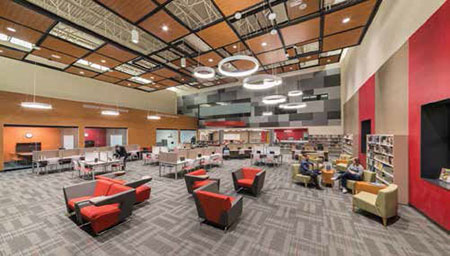
The district is developing more blended courses (algebra is next), and Wallace hopes these courses will help students figure out what they want to do after high school. District educators are embedding DefinedSTEM—real-world, project-based lessons—into all of their courses, and they’re helping students get internships so they can gain firsthand experience in different careers and find the right fit. “We’d like to spare students from realizing ‘I don’t want to do this’ after two years of college.”
Guidance counselors meet with incoming freshmen and their parents the spring before they start high school to discuss individual career plans. “Instead of having students wait until their junior year, we’re encouraging them to begin the career exploration process earlier and do job shadowing, internships, or apprenticeships. We want them to have at least one relevant career experience, because better-informed students make better decisions,” says Wallace.
The district has also started to offer financial advice, hoping to help families understand the economics of various degrees. “If you’re going to be a pharmacist you may be able to carry a larger debt load,” Wallace says, “but not all bachelor’s degrees are created equal.”
THE BENEFITS OF BLENDED
Blended courses are a key component in the strategy at Huntley High School, part of Huntley Community (IL) School District 158. The district offered its first three blended courses in 2010; today, there are 60 teachers and about 1,000 students taking at least one blended course. “The beauty of blended courses is that students are able to control their learning path, pace, time, and place,” says Scott Rowe, principal.
Because the classes are a combination of online modules and face-to-face instruction, students have to develop strong time-management skills. If they don’t maintain a C average, they’re required to attend class every day with a teacher until they figure out why they’re off track. Before taking a blended course, students meet with their parents and counselor to determine how to maximize their time and create a learner-focused experience. “They figure out what they need to learn so that our school can serve them,” says Rowe. “In most cases, students have to conform to school, but that’s not the right way.”
At first, Huntley’s blended classes were only offered during certain times, but in year three they decided that any period of the day could be blended. That same year they also completed a $36 million expansion, which involved putting tables and chairs in the hallways and converting a gym into the Hub—a modern space with collaborative work spaces, a technology bar, and study carrels.
According to Rowe, blended courses won’t make students perform better, but they will enhance the learning experience so that students are engaged and ready for what happens next. “They are learning how to learn and how to control their learning, both of which will benefit them for the rest of their lives,” he says.
Since going blended, Huntley has seen many benefits. ACT scores continue to improve, and graduates have strong academic success. “We stay in touch by surveying our alumni, and they tell us they are more prepared than any of their peers and find freshman year easier because they’ve already figured out the time-management piece,” says Rowe.
EXPOSING EVERYONE TO CTE COURSES
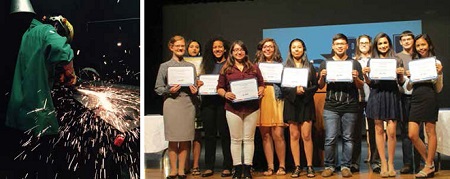
As the newly hired director for student achievement at Bastrop (TX) Independent School District (ISD), Jennifer Edenfield oversees and advanced academics. Her mission—which was the same at her former district—is to mesh the core curriculum and advanced academic courses into the CTE pathways. “Texas has identified 16 career clusters in the CTE field, ranging from IT to public service to agriculture, and within each area there are a lot of certifications we can offer our students.”
Certifications give students a foot in the door and can be the deciding factor when there’s only one spot and multiple applications. That’s why Edenfield offers certifications from industry-recognized to non-traditional, from providers like Certiport, Microsoft, NCCER, and iCEV. She’s especially fond of iCEV’s beginner-level/non-traditional certifications because they get students excited and motivated to keep going.
“For so long, the perception has been, ‘I’m core academic and you’re CTE,’ but that needs to change so that every student knows all of his or her options,” she says. She’s working with core academic teachers to help them understand the CTE career clusters and pathways and how their courses are aligned. She wants the teachers to see that these classes can help students be more prepared for their careers of choice. “If a student is interested in health science, he or she can take CTE anatomy or physiology. In math, we offer math in agriculture, math in construction, or engineering mathematics. The students still learn what they need, earn their credits, and get to take a class that’s geared to their interest.”
Edenfield doesn’t want to discourage students from following the traditional route; she just wants people to know that there may be a course that’s a better fit. She also works with community colleges to provide dual-credit courses within CTE so that students can graduate from high school with credits already earned. “CTE students are leaving high school with 12 to 18 hours of college credit and two or three different certifications. With just another 12 hours of postsecondary work they can be earning twice as much as the teacher who just taught them,” she says.
CERTIFICATION KEEPS IT REAL
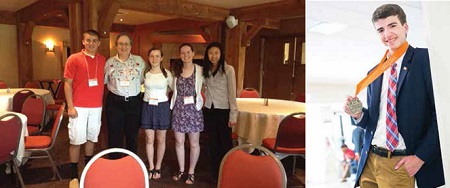
Marty Roettgen worked for IBM/Lenovo for more than 30 years before she became a business education teacher at East Wake High School and Green Hope High School in Wake County, North Carolina. She’s an avid supporter of technology certification, especially after seeing how much it motivates students. “When a student passes an industry certification, his or her confidence soars,” she says. “Many of my students found a life path as they got more involved in certification and technology.”
Ryan, a sophomore, was very shy when Roettgen met him. She discovered his interest in computers and encouraged him to take the school’s Microsoft IT Academy courses, which are designed to help students pass Microsoft Office Specialist (MOS) certification. He took an MOS exam and never looked back. In one semester, Ryan passed all of the 2010 MOS certifications and became a Microsoft Master.
When Roettgen heard about the new US and world championship competitions presented by Certiport (the MOS exam provider), she knew her students would be intrigued. “I used the competitions as a motivator, but learning technology skills and earning certifications were the main focus in my courses,” she says. “I ran my classroom like a business and gave students the freedom to perform. In that environment, students start to chase learning—not just grades—and it is really fun to teach when that happens.”
Before her recent retirement, Roettgen’s students were averaging three certifications per semester. “Technology certification prepares students for college and career, but it can also change their lives by helping them find new interests and become confident learners,” she says.
Tech & Learning Newsletter
Tools and ideas to transform education. Sign up below.

